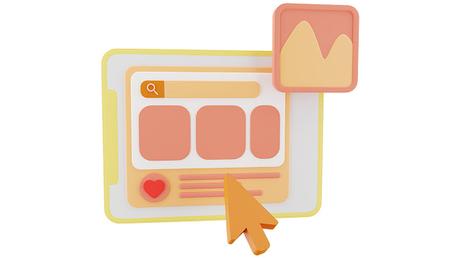Chapter 4: Designing Your Blog
An aesthetically pleasing and user-friendly blog design is crucial for attracting and retaining readers. In this blog, we will explore the essential principles of blog design, the process of customizing your blog's theme and layout, and the importance of creating a user-friendly experience for your audience.

